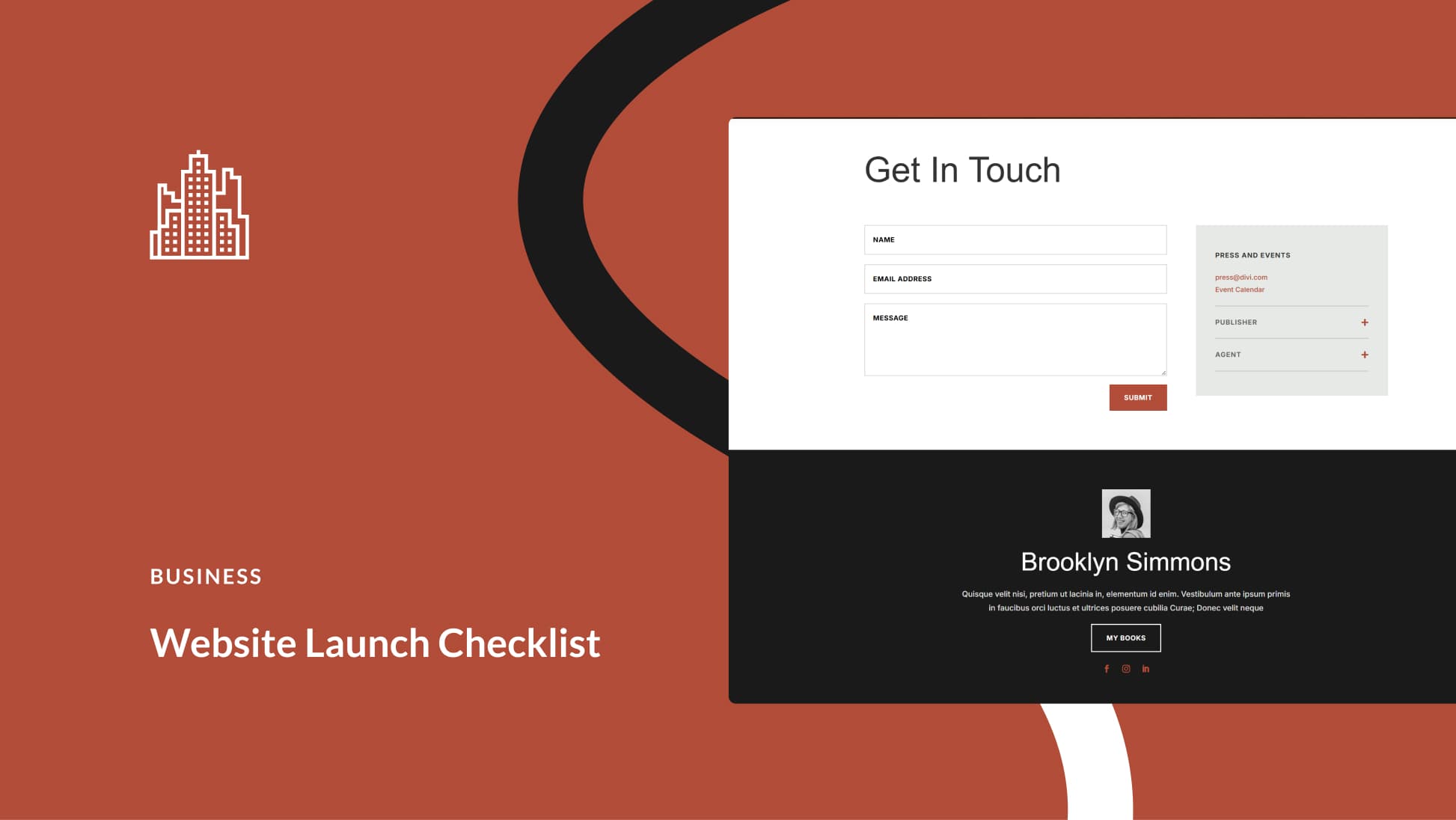Employee development is different from employee training. While training focuses on optimizing the performance of specific tasks, development programs are more broad. Employee development programs go deeper with emphasis on personal and professional growth in an effort to help employees reach their full potential. Development is about helping your employee think ahead to, and prepare for, their and the company’s long-term goals. The benefits of employee empowerment are well documented, but here’s a few that usually land at the top of the list:
- Improved creativity and out-of-the-box thinking
- Increased trust in managers and the company as a whole
- Higher employee retention rates
- Better alignment between an employee’s values and the company mission, vision and values
Empowered employees are more confident and committed to meaningful goals, – who wouldn’t want employees like that on their team?
In this article we will explore elements of development programs that support employee empowerment. While not an exhaustive list, these elements can help set the right tone as your team members embark on their development and can reinforce the message that you trust their abilities.
Communicate a Vision and Mission
For your employees to get behind the company’s goals, they must understand where they fit into those goals. Managers must be able to communicate the company vision and mission along with the ways their teams contribute to them.
Developing a Vision or Mission Statement
When it comes to developing a vision or mission statement, I like Simon Sinek‘s approach. Vision statements should convey what you believe and should be clear enough to convey that believe in just a couple of lines. Leave what you make/sell/do out of it. A vision statement is a vision of the future, not what you do now. Your mission statement is comprised of the “what” and “how” that convey how you will realize your vision. What are you doing to make your vision a reality? How are you going to make it so?
Explaining Your Vision or Mission
The simpler these statements are, the easier they should be to explain. Your explanation should include context for where and how your team members contribute to the mission. From there, employees must determine if the vision and mission align with their personal values. Without alignment, there is not trust, and without trust there is no development. But if they are aligned, this can provide the baseline motivation they need to work confidently toward that vision.
Establish Clear Expectations
There’s a saying that goes, “If you never expect anything from anyone, you’ll never be disappointed.” This fatalistic view is often uttered in relation to personal relationships, but it really has no place in business. The reason why is because in business we have good reasons for that expectation.
Good Expectations
When we seek to hire someone, we vet them against their skills, background and experience. Many hours and dollars are spent ensuring that the right person is in the right role at the right time. Based on that knowledge we have good reason to expect them to perform at a certain standard.
Similarly, your team members want you to communicate what level of output you want to see from them and on what timeline. Without this guidance, there is no road map to their development.
Good Communication
Communicate your expectations by including the following:
- Clearly define objectives for the projects you assign and the key indicators you will use to measure success. These are concrete tools both of you can use to determine if they are performing to your standard.
- Clearly define how and when you would like to communicate on their progress, and what happens if progress is not being made. Knowing the cadence of these check-ins allows them to come to the table prepared for the discussion.
- Set milestone dates to hold employees accountable. Deadlines can help employees learn how to strategize and prioritize in a manner that suits their working style.
This knowledge really is power for your employees because knowing your expectations allows them to set boundaries. Boundaries help us focus and keep our energy contained. The most obvious way we do this is through goal setting. One of the more effective ways of setting goals is using the SMART method: Specific, Measurable, Attainable, Relevant, and Time Bound. This framework allows you to keep goals simple and easy to track. You can read more about how to set up SMART goals here.
Delegate
Delegating tasks or projects is one of the easiest ways to empower your team members. Giving them ownership in team’s work allows them to hone their time management, prioritizing and leadership skills. You can start small here by giving your team members reports to own or smaller repetitive tasks to ensure they can meet expectations, but don’t just leave it there. True development comes from allowing team members to try something they are interested in and/or that is significant to your business. Giving them a bigger piece of the pie shows them once again that you trust them to own it, and if you set expectations, they will have the boundaries they need to establish the right goals to meet or exceed them.
Allow Autonomy . . .
Employees cannot develop a sense of self-governance, find assertiveness, nor trust their intuition if they are micro managed. They must be allowed the autonomy or space to shape their working style so that they can perform their best. Give your team members the information they need to make good decisions, but then let them actually make those decisions.
. . . But Don’t Isolate
It’s important to note that autonomy doesn’t mean employees should work in isolation. Feedback and discussion are vital to shaping and solidifying their thinking. Allow them to talk out and test their theories.
And Provide a Safety Net
Autonomy also does not mean that employees should work without a safety net. Your team members may have some level of fear in making decisions. They should know that you’ll be there to help them if they stumble. Even if they fail, they should be given the space to self-reflect and understand where things fell short, learn from that, and do better going forward.
Feed Them With Feedback
Manner and method for providing feedback varies widely, but how you do it can make all the difference. Each employee is different, and so the approach you take must flex to meet their needs. Here’s a few suggestions to make the feedback you give most useful to your team member’s development:
- Don’t wait. If you notice a need for praise or correction, don’t wait to give it. This allows the recipient a better opportunity to recall and relate to the event that warranted the feedback in the first place.
- Be specific. Don’t just say, “You’re doing a good job.” Point specifically to the things that met or exceeded expectations so they understand what your measure of “good” really is. If you’re addressing a behavior issue, specifically state an observation of that behavior and it’s specific impact on others.
- Be sincere. Your feedback should come from a sincere desire to want to help the employee succeed. They will know when you are being fake.
- Be consistent. Meet regularly to create a cycle of feedback on which your team members can rely. If you go weeks between communicating, you can lose the thread that keeps performance on point.
Realize Employee Development Resources
Realizing resources is not just about providing what they need to do their job day-to-day. It also means observing their performance and communicating with them to understand what resources could move them to the next level in their development. Let’s look at some possibilities.
Continuous Learning
If your company has self-improvement or career-builder courses, help your team members identify which are most beneficial to them. Allow them the flexibility to work the courses into their regular work schedule to increase the likelihood they will complete them. If you don’t have in-house programs, allocate funds in your budget for professional courses that can support employee learning.
Go Outside
Encourage employees to pursue outside hobbies and volunteer opportunities. Some companies designate a number of hours of VTO – or volunteer time off – paid time off specifically for volunteer opportunities. Others have sabbatical or leave of absence policies to give employees the time to pursue their passions without having to resign.
Tuition Reimbursement
Tuition reimbursement plans are another great resource that supports employee development. The cost burden of education can be great for some people, preventing them from obtaining the skills and knowledge they need to move up in your company. Helping with that cost shows that you believe in investing in your employees and are willing to help them apply what they learn on the job. Consider the set up of your plan carefully, but if done right, you can build stronger bonds with your employees.
Mentorship
Help your employees find a mentor. A mentor is someone who can help guide the employee in their career path by acting as both a confidante and teacher. Mentors helping employees navigate your company’s culture, pursue skill-building opportunities, and encourage networking in and outside of your company. Mentorships can develop naturally between employees and their direct managers, but these connections can also happen cross-departmentally. Even if you don’t have a formal mentorship program, encourage your teams to find support where they need it from people they trust.
Incentivize
Motivation is key to ensuring employees are willing to give their best effort and be productive on the job. Clearly though, not every person is motivated in the same manner. Consider a broad range of incentives that can speak to each employee’s “motivation language” to keep them knocking it out of the park!
Rewards
This can include everything from merit salary increases, promotions, stock awards or other tangible gifts given for high performance. Consider short-term awards too – smaller but still significant motivators that help keep momentum and show your appreciation.
Recognition
Regular pats on the back are always great, but you can take this to the next level. Try shout-outs in company forums like newsletters, town halls, or social media. Ask your senior leadership team members or CEO to send a direct message to team members who go above and beyond. If your industry issues certifications at the completion of levels of service, make sure your employee is aware and is part of those ceremonies.
Security
Many workers just want to know they can take care of themselves, come what may. That sense of security may come from a company-matched 401k account, life insurance policy, or access to financial advisors who can help them plan for the future. For others, it might mean having access to a robust health benefits package that includes medical and mental health resources to help them feel their best.
The key to finding the right incentive is observing and communicating with your teams to really get to know them. Remember, you may need more than one tactic to keep some team members motivated.
Upward Mobility
Be mindful of your approach to empowerment as you design your development plan. Empowerment can quickly turn into neglect if you don’t give your team members attention or direction. Likewise, delegation can lead to feelings of being overworked if you don’t check in often enough to determine if your team members can handle their workload. Work diligently to create and maintain a connection with your employees, and they will trust you to guide them along their career development path.
Encourage your employees to talk openly about how they want to grow. Let them know they are able to always look over the company’s job board (if you don’t have one, use a plugin to build one out) and see about applying to new roles that open up.
Featured Image via MicroOne / shutterstock.com









A very well organized blog, amazing content and felt like I really am learning from the expert. Although I am a professional in this field but the way you told so many things in such simple language is outstanding. Thank You.
Thanks so much Jack. I appreciate the feedback!
Lots of wonderful ideas and information here.
I do a lot of e-learning voiceovers for employee development and I feel a lot of these points can (and should!) be considered and included when creating such content, and beyond.
Thank you Dani! I appreciate you taking the time to share your thoughts!